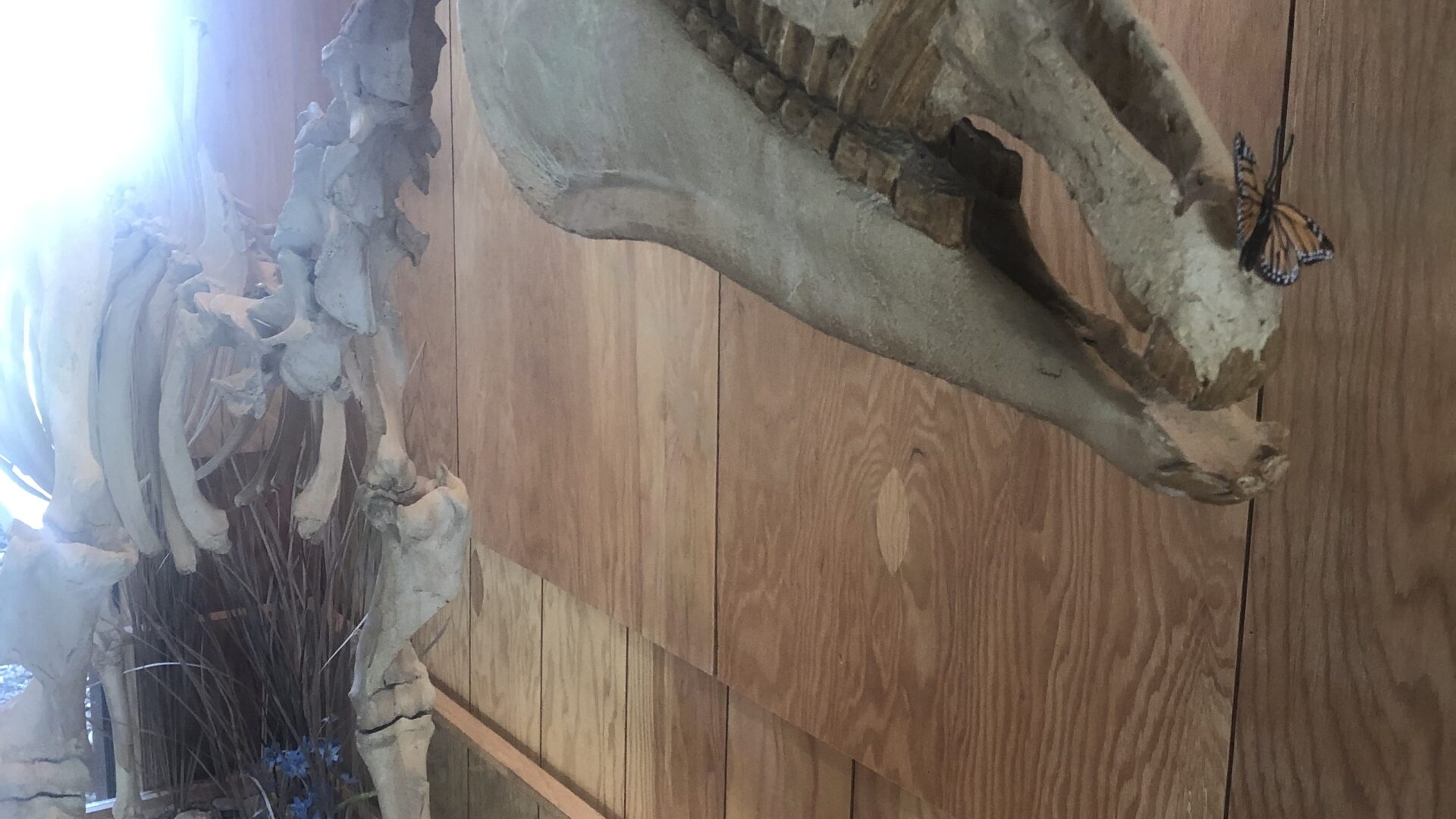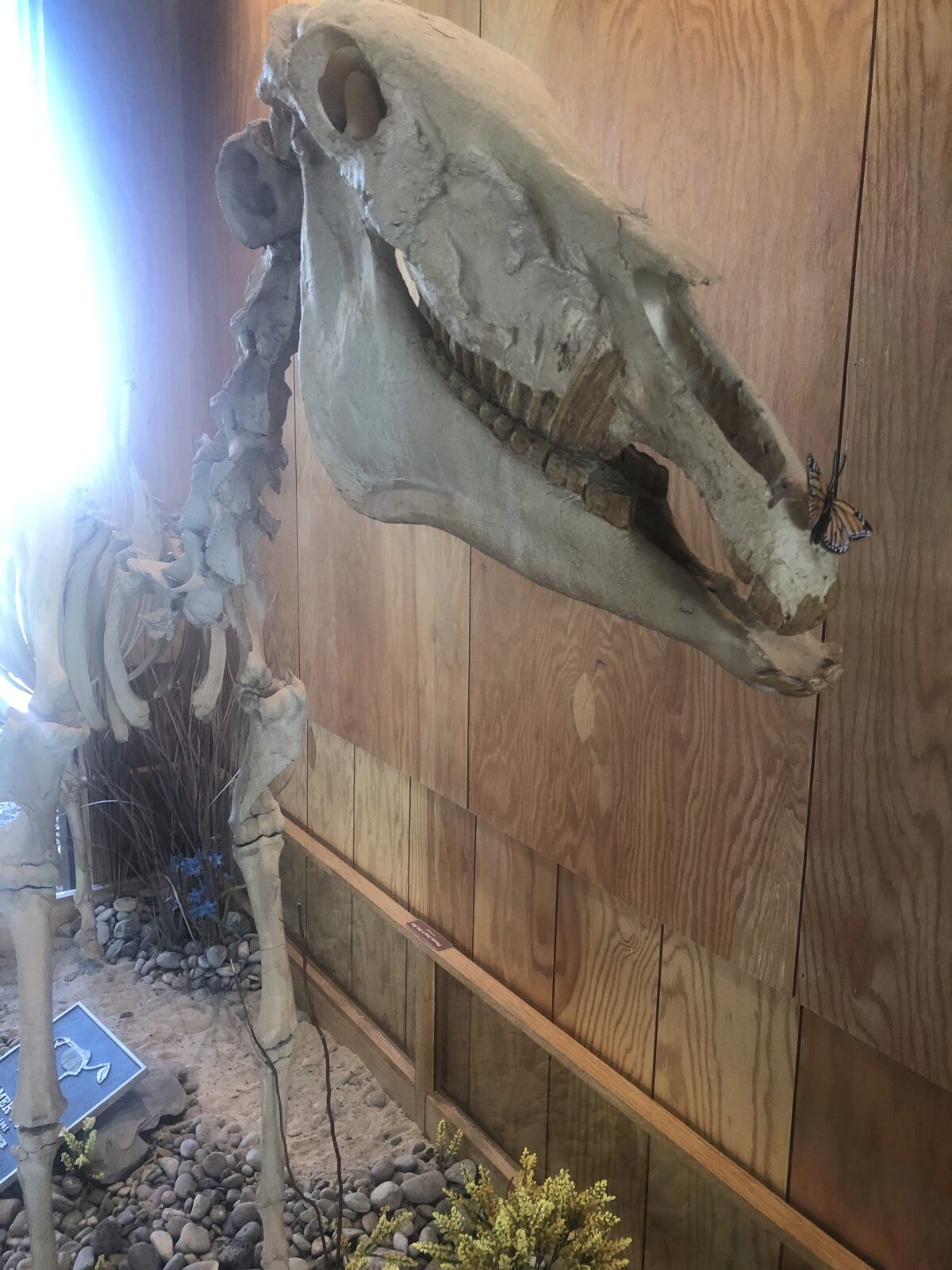Hagerman Fossil Beds National Monument
Do you like looking at fossils? Are you trying to visit all the national park units? Will your driving vacation be taking you through south-central Idaho? Are you planning a visit to Thousand Springs State Park in Idaho?
These are four good reasons to take a detour along highway 30 to visit Hagerman Fossil Beds National Monument.
The Monument
Declared a National Natural Landmark in 1975 and reclassified as a National Monument in 1988, Hagerman Fossil Beds protects fossils from 3 to 4 million years old, most notably, the Hagerman horse. Although it comprises only a small portion of the 4,351 acre park, the Hagerman Horse Quarry is special because over 200 horses were found in just that one location. Thought to be an ancestor of today’s horses, donkeys and zebras, it roamed and grazed in this area, but to this day they aren’t sure why 200 were found all buried together, just 3 feet deep. A rancher stumbled on this in 1928 and it is the largest find of this species, including all ages and sexes.
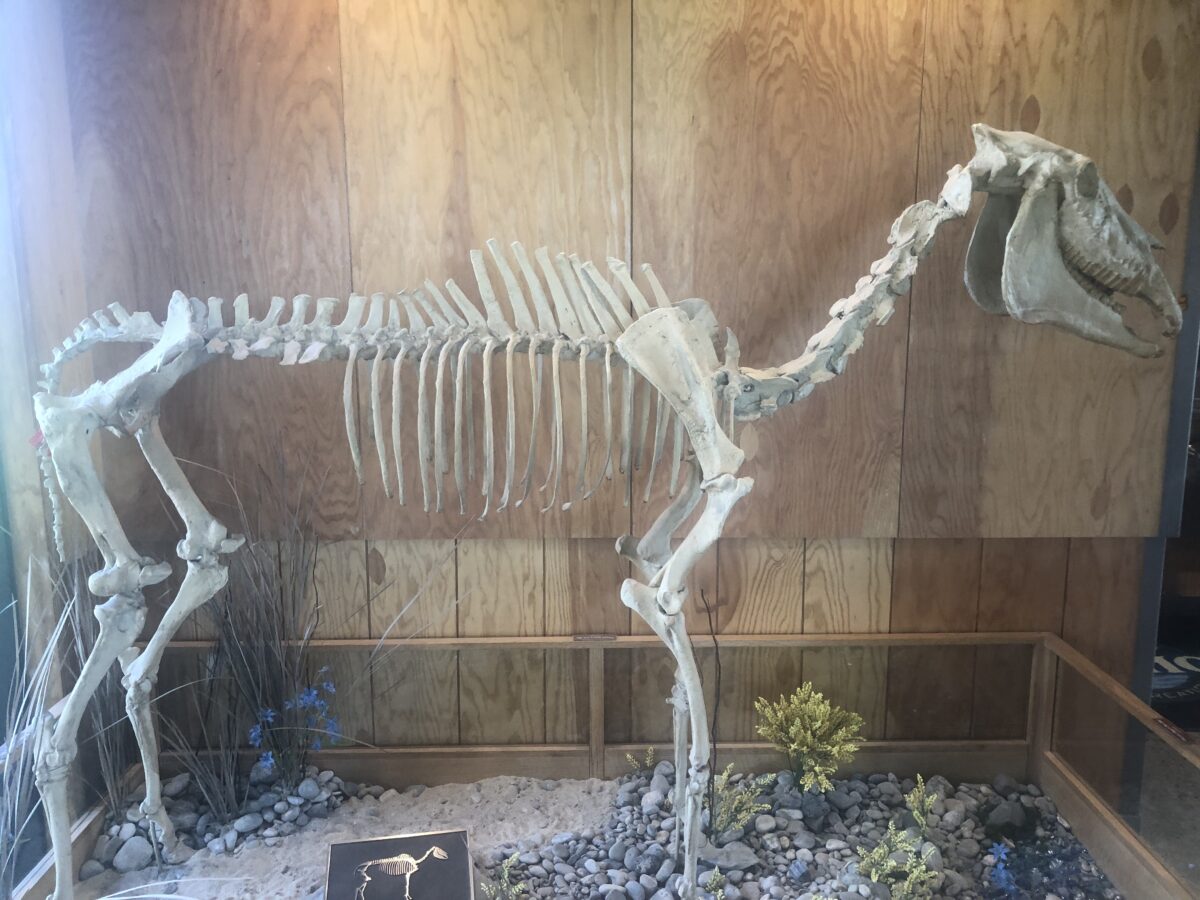
International Recognition
Hagerman Fossil Beds are internationally recognized as a place where scientists can study conditions that existed before the ice age, when this area was a lush wetland. In fact, some 140 species of plants and animals have been identified there. Some are now extinct, like the saber tooth cat, but many others are still with us today, like horses, bears, otters, beavers and lots of birdlife. They say “this is the richest known fossil deposits from the late Pliocene epoch”.
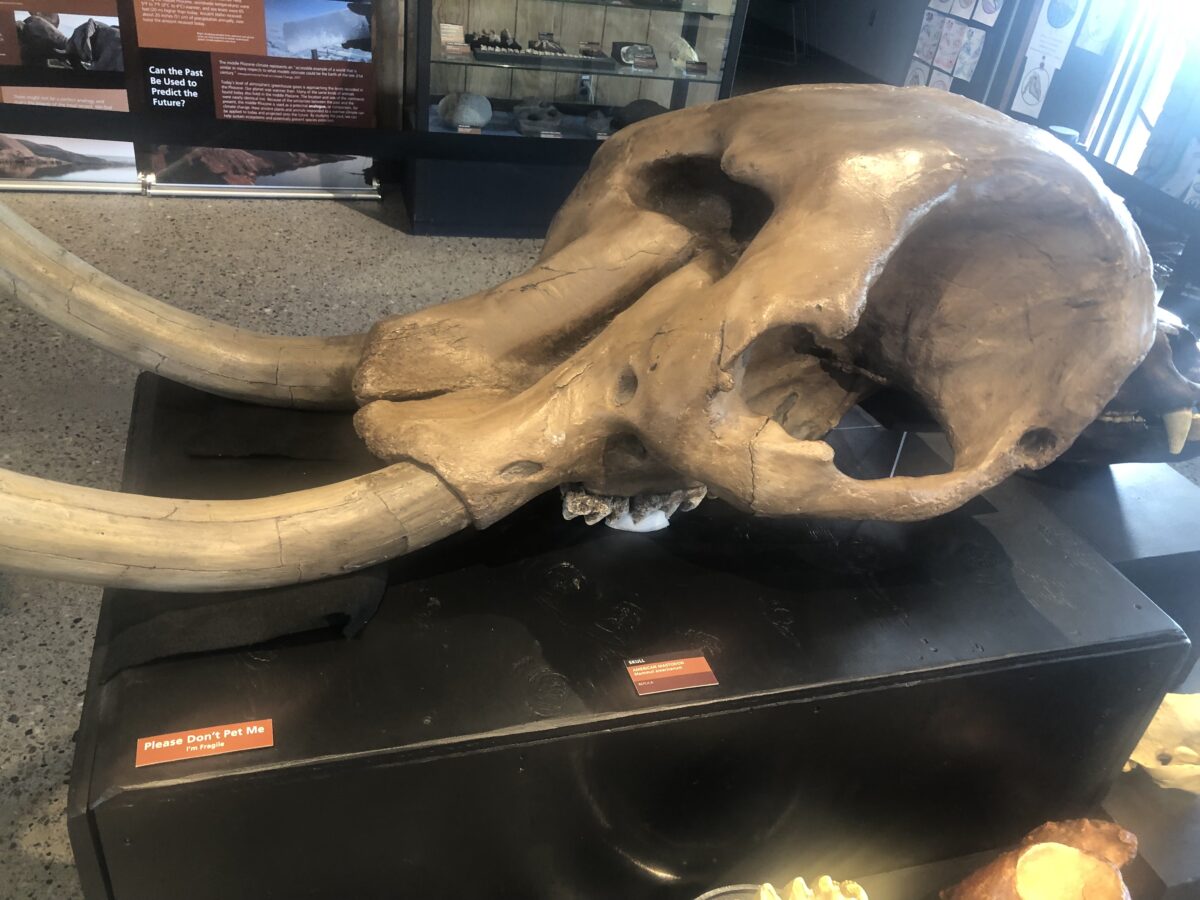
Notable finds along with the Hagerman horse, were the “Bone-Crusher” (like today’s hyena), pig-like animals (like todays peccary) and the American mastodon.
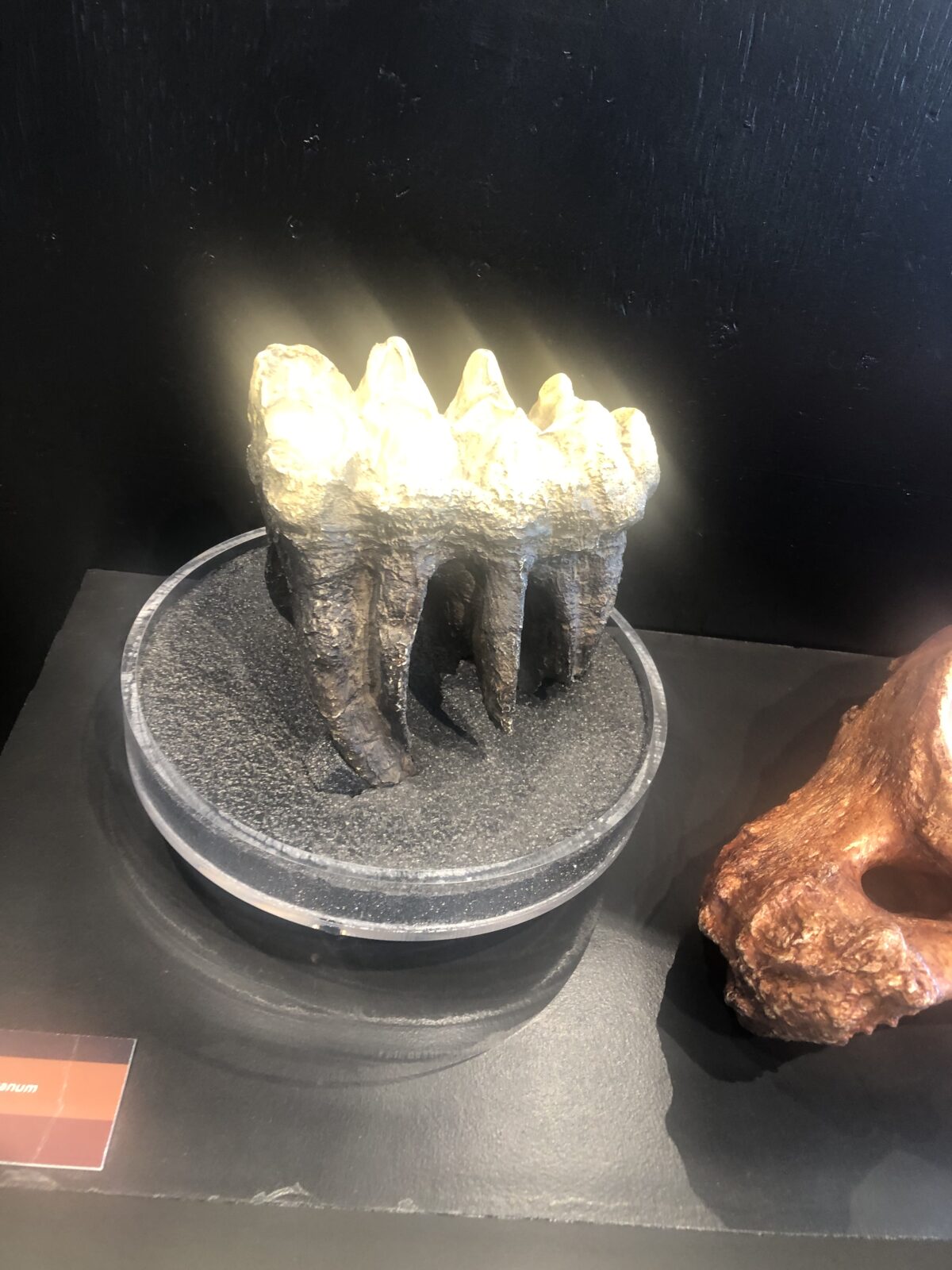
Most of the excavation at Hagerman was done by the Smithsonian during the late 1920’s and early 30’s, and many of the fossils were buried for future generations to find, hopefully when there may be better tools available. There is still some on-going research at Hagerman and each year they uncover thousands of fossils from the surface, many unearthed by landslides.
One thing that the ranger told us that we found interesting was that they have found over 17 volcanic levels in the monument, including three that came from Yellowstone eruptions. In fact, it is the lava layers help them to date the fossils.
Fossils
When you visit, you will not see any active dig sites. In fact, there is only one place in the monument where a visitor can actually see fossils. That is the Thousand Springs Visitor Center, the home of both the Thousand Spring State Park and Hagerman National Monument. Along with information on both the state park and monument, they have a nice display of fossils including, of course, the Hagerman Horse.
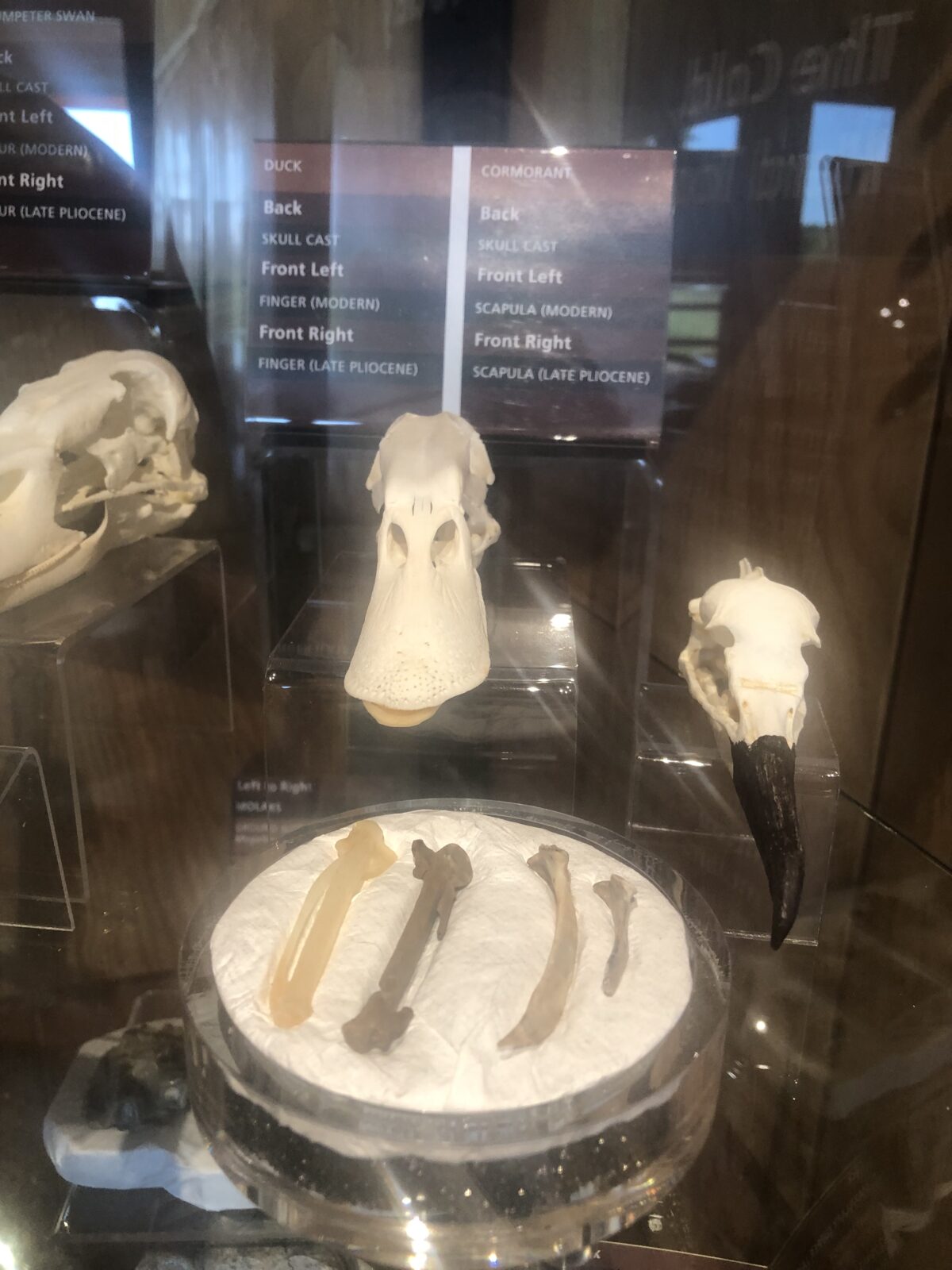
The display is nice, but the best part of our visit was talking with the volunteer ranger. He was absolutely passionate about the fossil beds and a wealth of information. He walked us through the exhibits and explained the significance of each one. That really brought the displays to life.
Things to Do at Hagerman
The visitor center is the main event, but be sure to check for opening days and times. It is not always open.
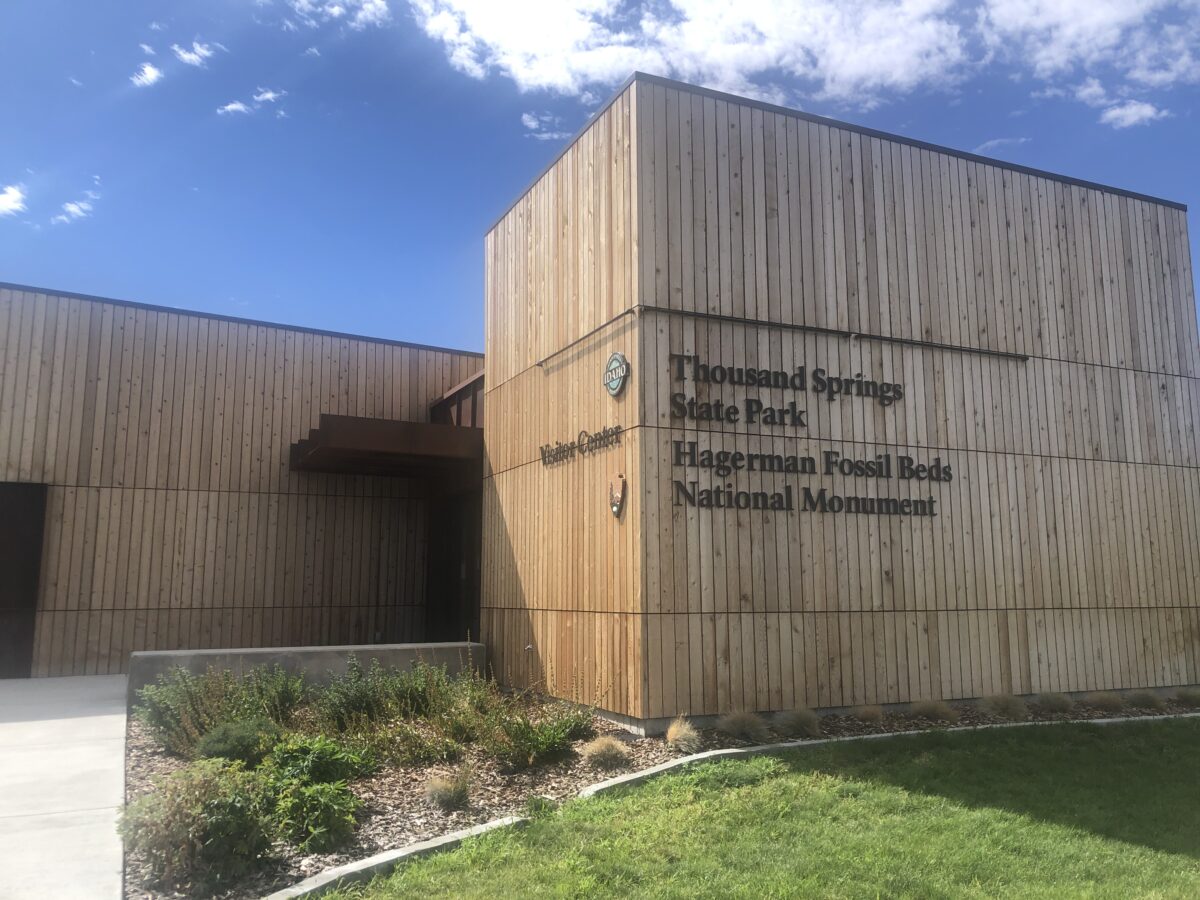
Other than the visitor center, there are some trails in the monument but be aware that none of these lead to fossil beds. Those are off limits to visitors. You can take a scenic drive through the park and this has views of the fossil beds, along with interpretive exhibits and beautiful vistas out over the Snake River.
Oregon Trail
From one of the overlooks you can see a portion of the Oregon Trail where the heavy wagons had dug deep ruts into the soil. If you like to hike (or run), there is a section where you can walk along a portion of the original trail. It’s pretty steep terrain with loose, sandy soil. Walking in the wagon ruts, through a valley full of tumbleweeds, you can really picture how difficult this journey was for the emigrants.
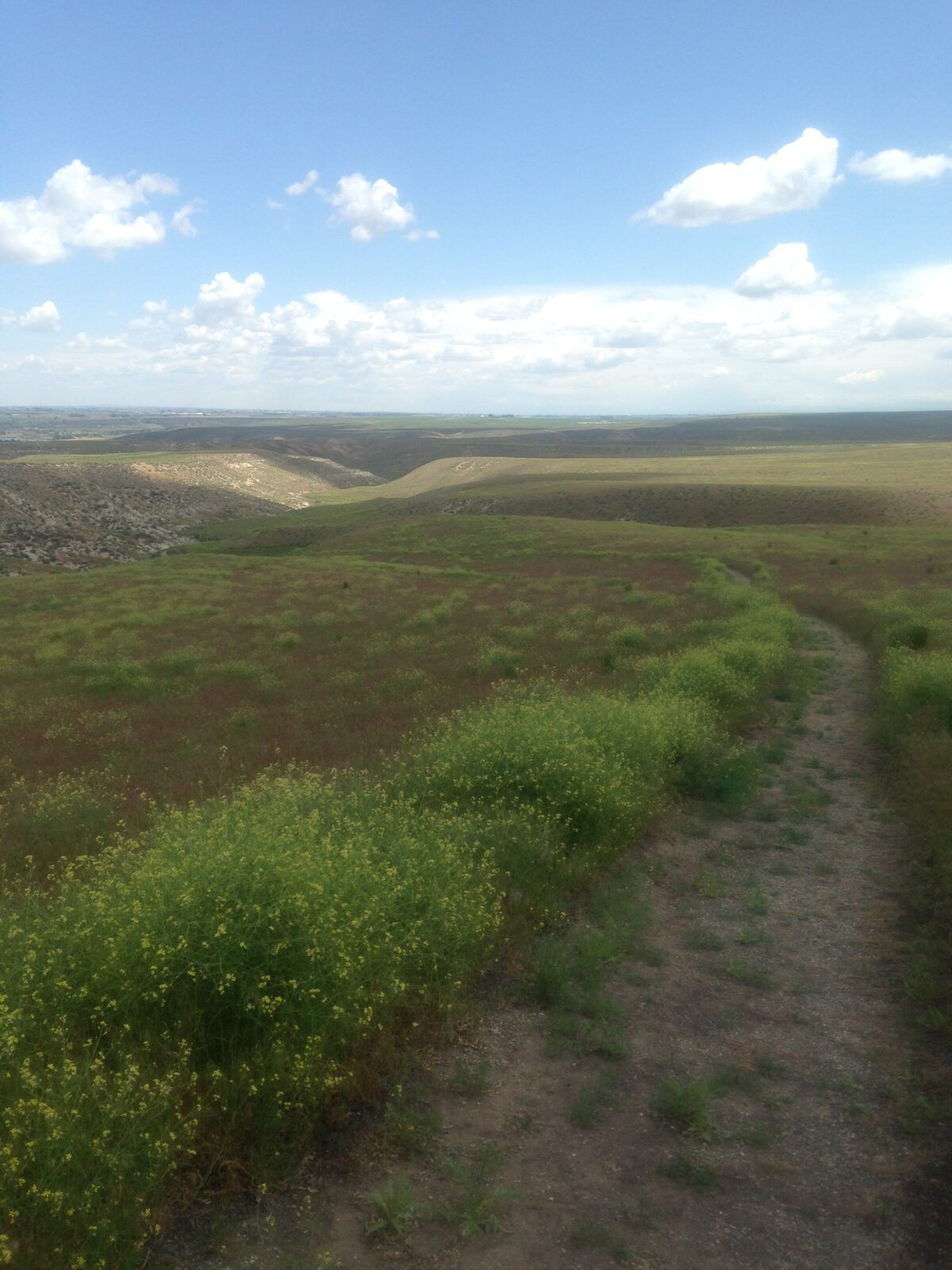
Minidoka Internment Camp
Just 27 miles from Hagerman is another national park unit, this one commemorating the site where over 12,000 Japanese-Americans were held in the Minidoka Internment Camp during World War II.
Are you trying to visit all the National Parks or National Park Units?
If your goal is to visit them, one or all, we’d love to help you strategize. Give us a call at (480) 609-3978 or drop us a note here. We always enjoy talking with people who share our passion for visiting these gems of the National Park Service.
#FindYourPark
#SeeAmericaFirst
